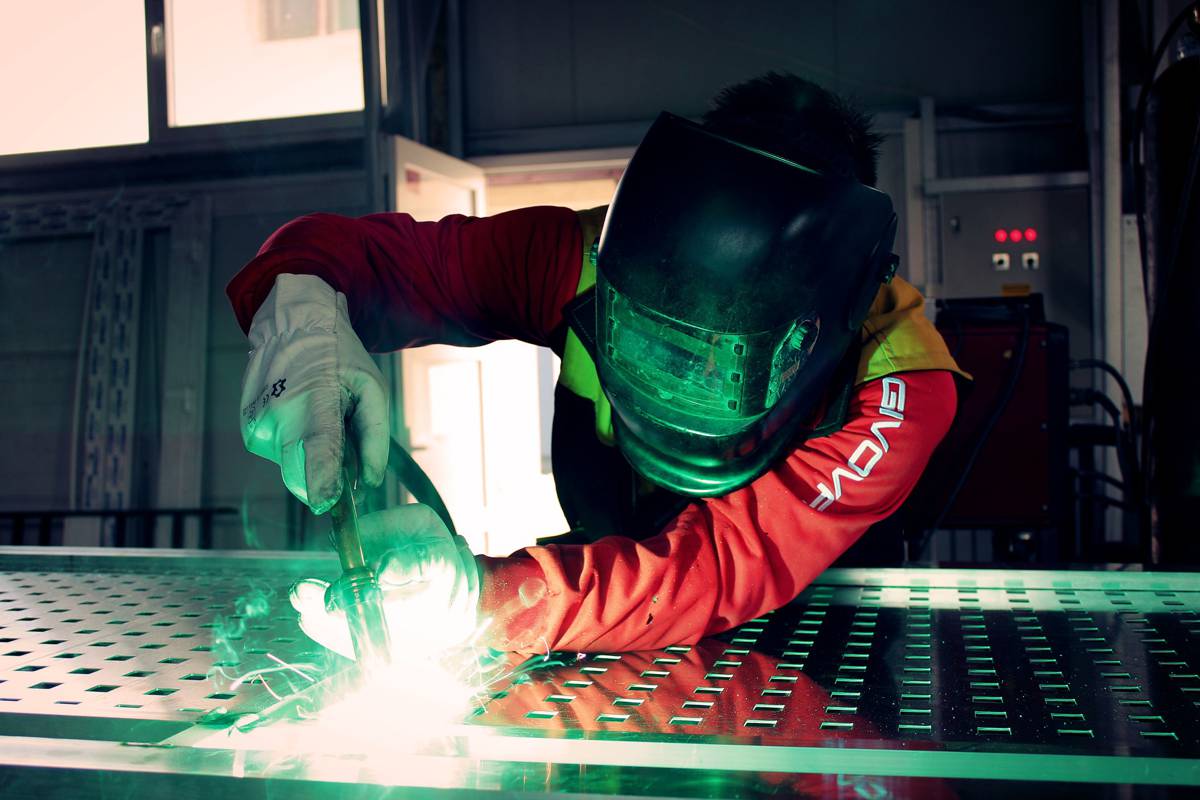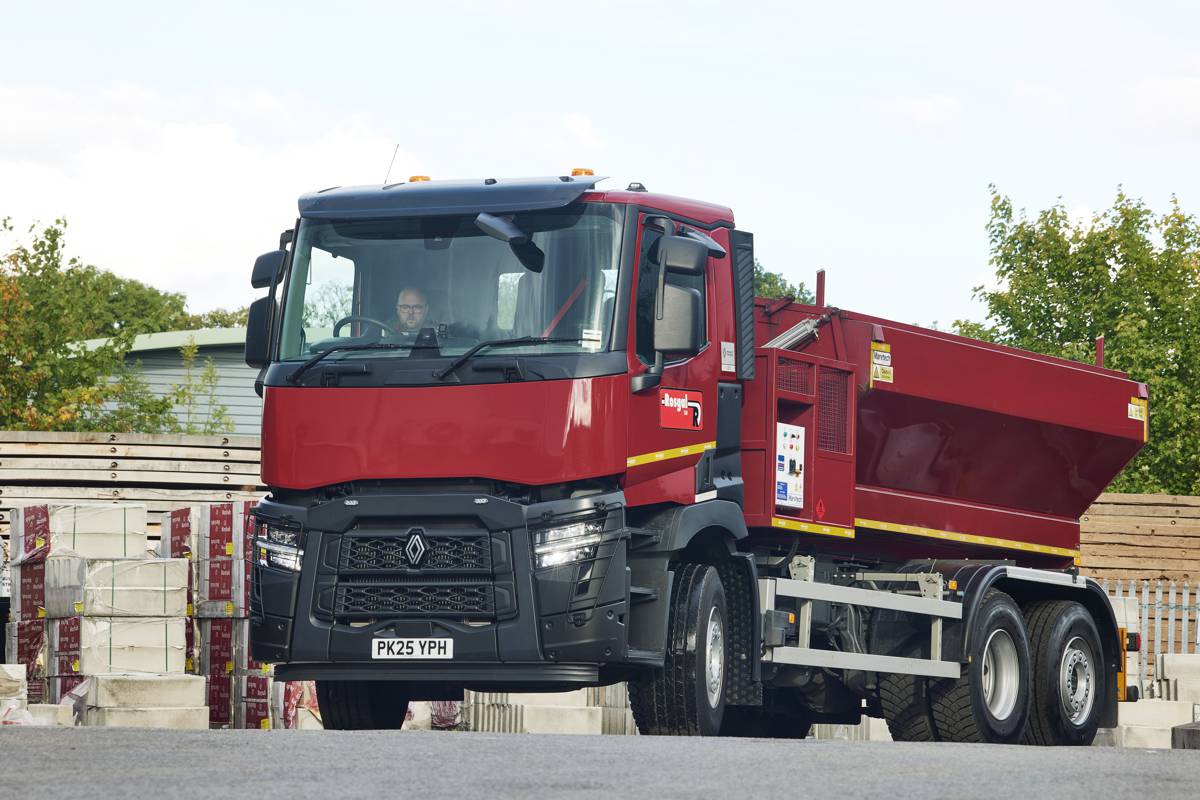Different Types of Welding Equipment you should know about
If you’re new to welding and the world of metalworking, it can seem like an intimidating space to be in. The ability to weld is a useful talent leading to engineering tasks and creative prospects you never imagined. Starting in welding isn’t hard; you just need the correct equipment. As you gain experience, you might explore opportunities like shutdown jobs for welders, which offer unique and specialized work in the field.
We’ll provide a general overview of the various welding equipment kinds and their intended uses to help you. This overview should help you get started whether you’re new to the hobby or an experienced professional searching for something different.

Below are some of the essential welding equipment pieces you should become familiar with:
MIG Welders
MIG welders (Metal Inert Gas) use electricity and a wire feed to join two pieces of metal together. A MIG welder uses a filler material electrode, which is generally a wire that needs to be replaced, and gas to prevent oxidation while welding.
This welding equipment is popular due to its simplicity and versatility. MIG welders are used in the construction, automotive, manufacturing, and other industries. This kind of welder is reasonably priced and suitable for welding aluminium, copper, steel, stainless steel, and even copper.
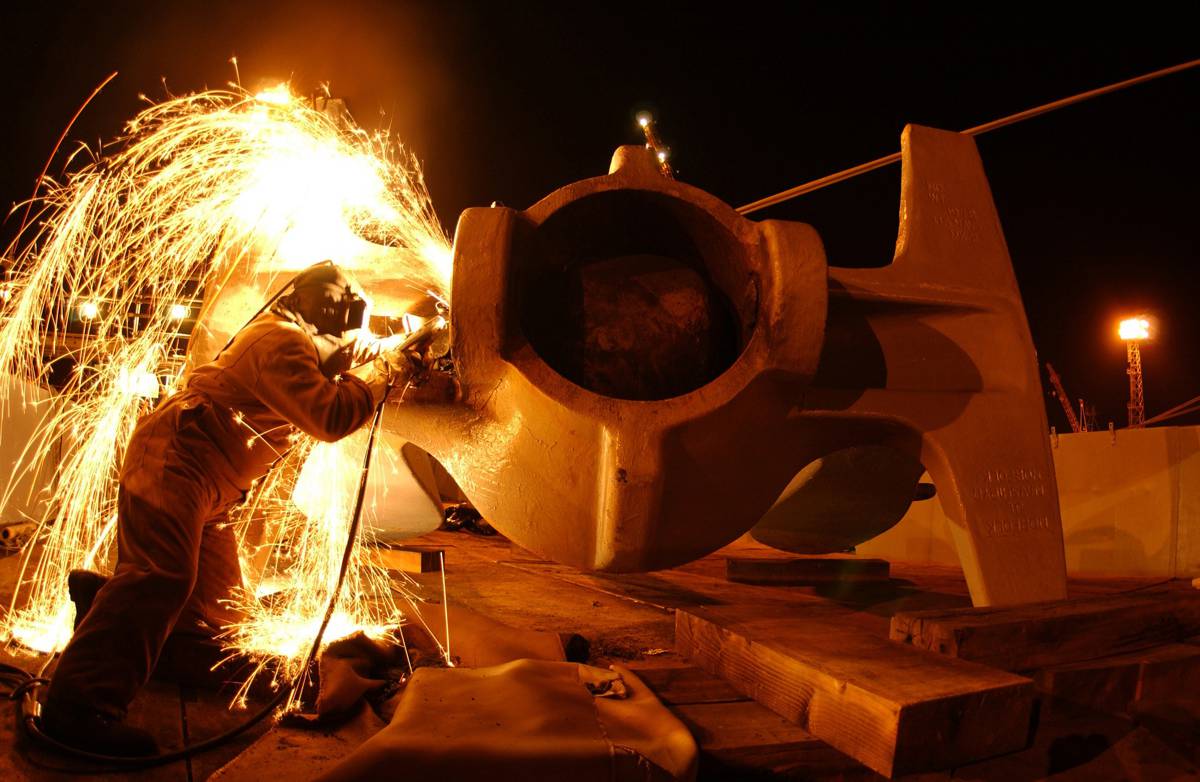
Miller Welders
Miller welders are a type of arc welding process. This electric-based process uses a direct current and a consumable wire electrode to build the weld joint. It’s often preferred for its speed, accuracy, and affordability.
Although this type of welder can weld aluminium, copper, and other metals, it is best suited for thicker metals like steel and iron. Miller welders come in a wide range of sizes and amperages, from small, movable models to huge, industrial-grade machines.
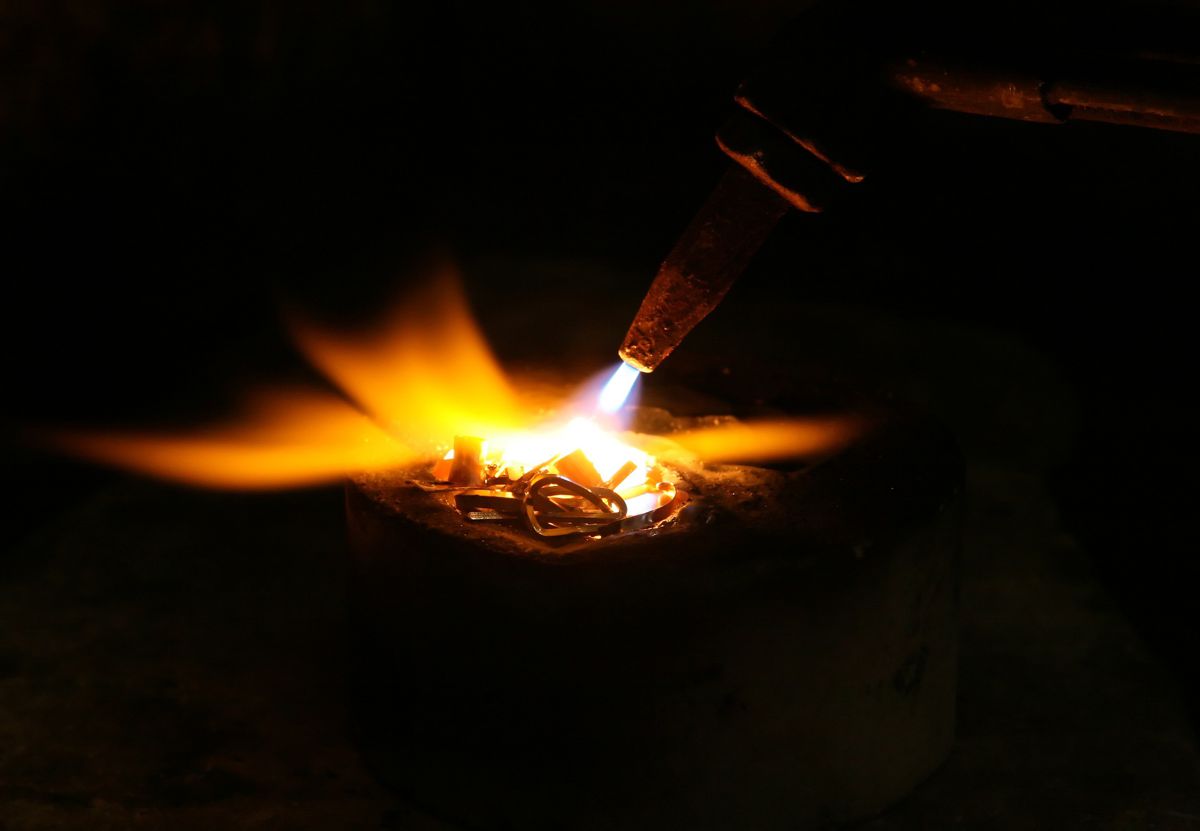
TIG Welders
TIG welding (short for Tungsten Inert Gas) is a common procedure that uses a strong electric arc between a metal and a tungsten electrode. This type of welder is perfect for precise, detailed jobs because it creates clean lines with minimal splatter or distortion.
TIG welding can be used to join heavy metal components with thin metals like aluminium and stainless steel. Due to its manual nature, this equipment is a little more expensive than other welders and takes more ability to use. But TIG welding is the best option for individuals who want to produce outcomes of the highest calibre.

Stick Welders
Stick welding is the best way to join metals together. It works well with copper, cast iron, steel, aluminium, and stainless steel. This type of welder produces the arc between the electrode and the metal being welded using an electrode coated in a flux substance.
This welder is ideal for outdoor welding or welding in challenging situations. It doesn’t need additional shielding gas to prevent the weld from oxidising. Stick welders are among the most dependable pieces of equipment on the market, even though using one requires more skill.
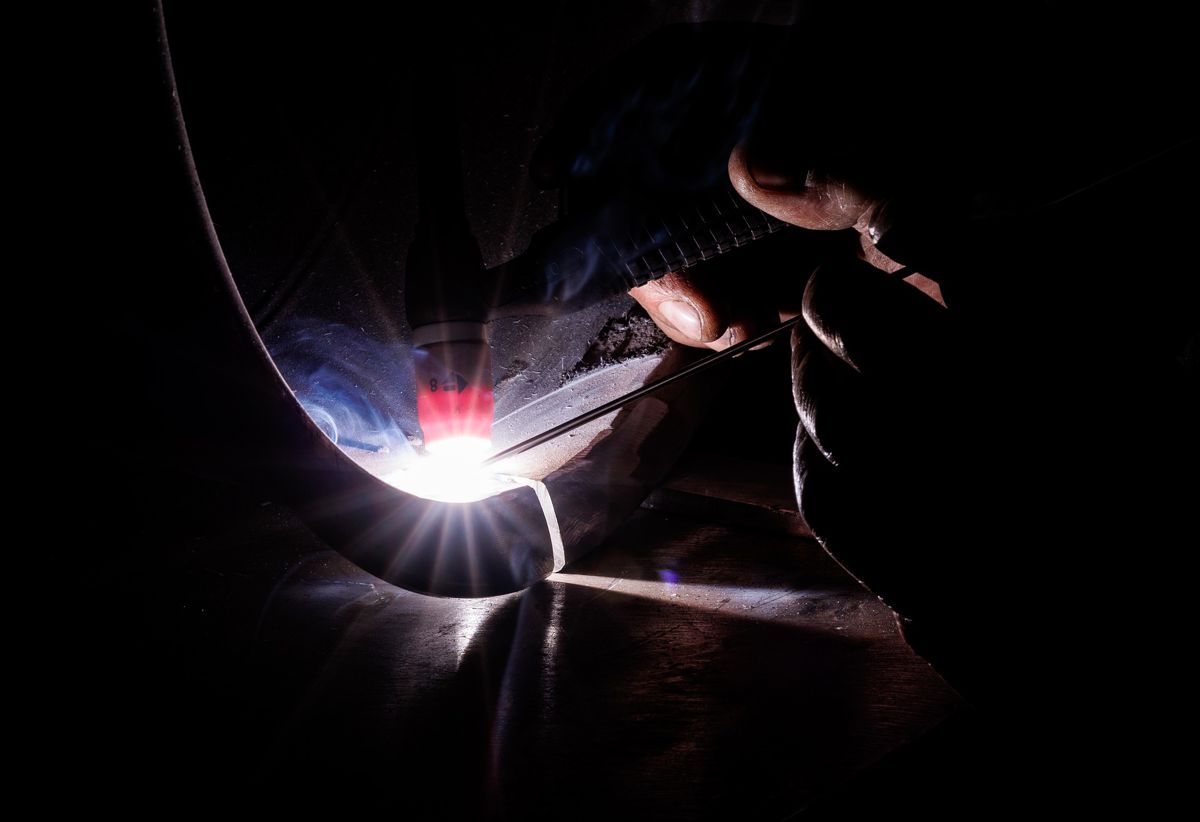
Plasma Cutters
Plasma cutting is a method of using electricity to cut steel, aluminium, copper, and other metals. This kind of technology creates a powerful arc that can quickly cut through any metal using high-pressure gas. A plasma cutter is ideal for individuals who require quick, accurate cuts without distortion or splatter.
Any type of metal manufacturing, from cutting thin sheet metal to massive structural steel, may be done with this instrument. It is also great for creating accurate shapes and curves with ease. If you’re looking for a fast, reliable and precise way of cutting through materials, then a plasma cutter is the right choice.

Multi-Process Welders
A multi-process welder offers the best of all worlds for those who aren’t sure which kind of welding is best for their needs. Without purchasing several different machines, you can do both TIG and MIG welding operations with one tool.
These are very versatile and cost-effective choices because they can do a lot of different things with just one machine. Multi-process welders are good for jobs that require different types of welding, like making cars or doing upkeep and repairs. You may save time and money while getting high-quality outcomes with an all-in-one solution.
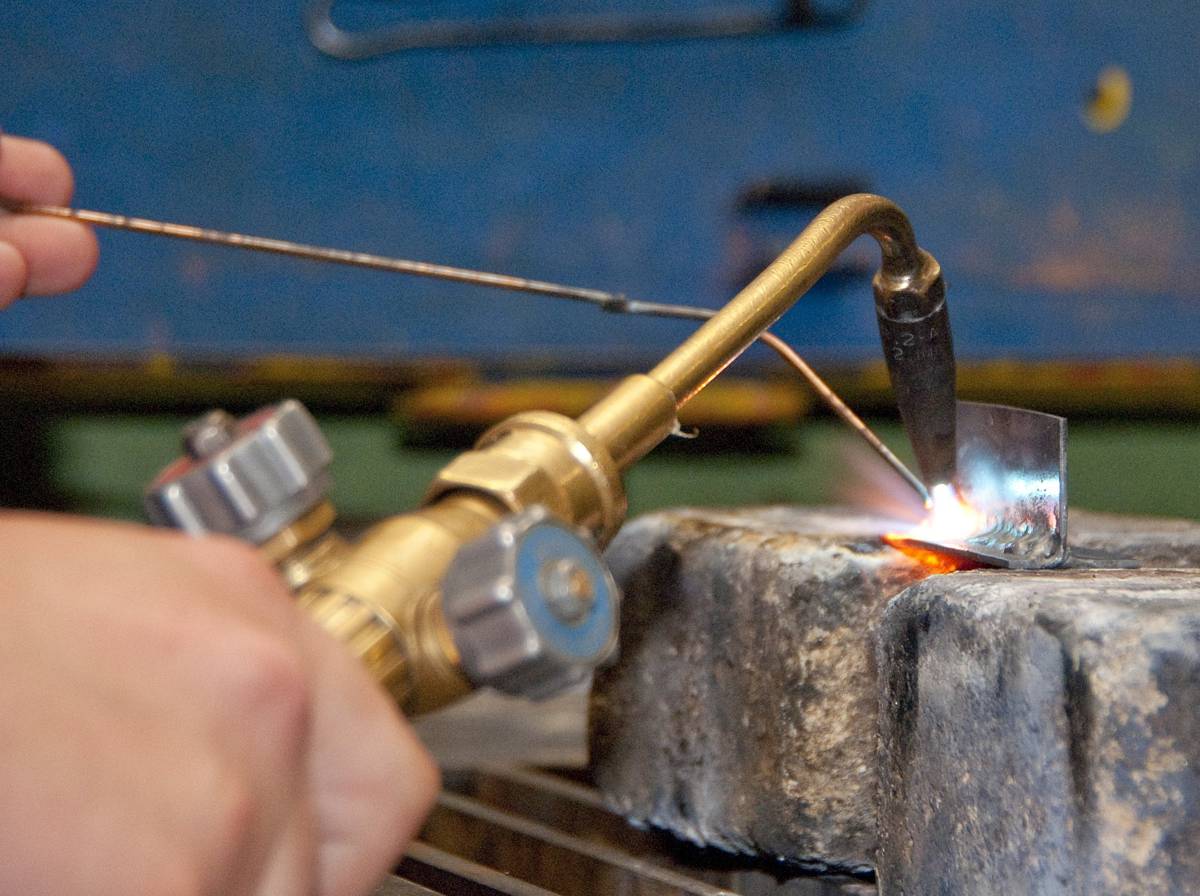
Final Thoughts
Understanding different types of welding equipment is crucial if you’re delving into the world of welding, either as a hobby or professionally. From MIG and Miller welders to Stick and Multi-Process welders, each has its unique characteristics and applications.
Remember, the key to mastering welding lies in practice and using the right tools for the task. So, get to know your equipment, and you’ll be well on your way to creating strong, reliable welds. Happy welding!








